Although healthy chickens can survive winter without insulation, it becomes challenging for them when the temperature drops to around -22 or -40 degrees Fahrenheit.
The snowfall outside and cold winds can make your chicken coop cold and cause your birds to suffer, with little or no time to go outdoors.
It’s not that hard to secure the coop from the chilling cold. Make sure you fulfill the following requirements.
1. Seal Drafts but Keep Ventilation
You don’t want your chickens shivering even though they’re inside the coop. They require a safe place that doesn’t leak and isn’t drafty.
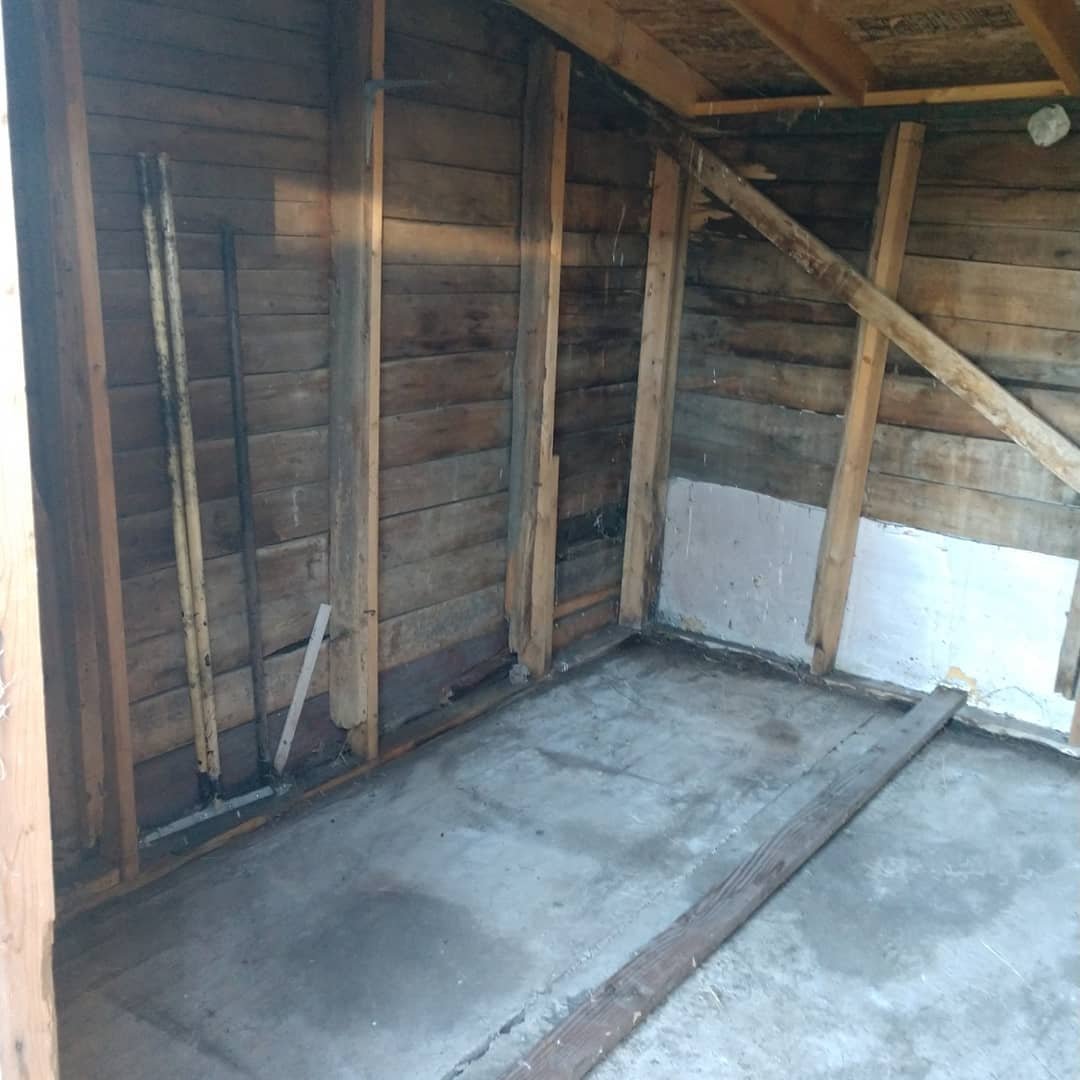
What about ventilation?
First, you get to know the difference between drafts and ventilation. Drafts are the direct cold air or breeze that comes from the bottom or ground, which can hit birds directly.
So, you need to inspect cracks, holes, gaps, doors, and windows to stop drafts. Use materials like weatherstripping, caulk, or foam boards.
You can also use curtains on the door and windows at night.
But ventilation flows higher, especially at the top of the coop, and moves through the roof. This helps prevent moisture and ammonia buildup.
Don’t seal the ventilation; instead, improve it with vents above the chicken roosts.
2. Add Extra Insulation to the Coop
I often use regular fiberglass insulation from a local store at a discount and cover it with hardboard or scrap materials from my garage to keep my chickens from eating it.
You can also use straw bales, foam boards, cardboard, and recycled blankets. Put them on walls, ceilings, and nesting boxes.
The strong and cold windstorms can freeze your chicken coop in the mountain areas, such as Montana, Colorado, and Vermont, so you need to arrange wind barriers and also reduce coop moisture.
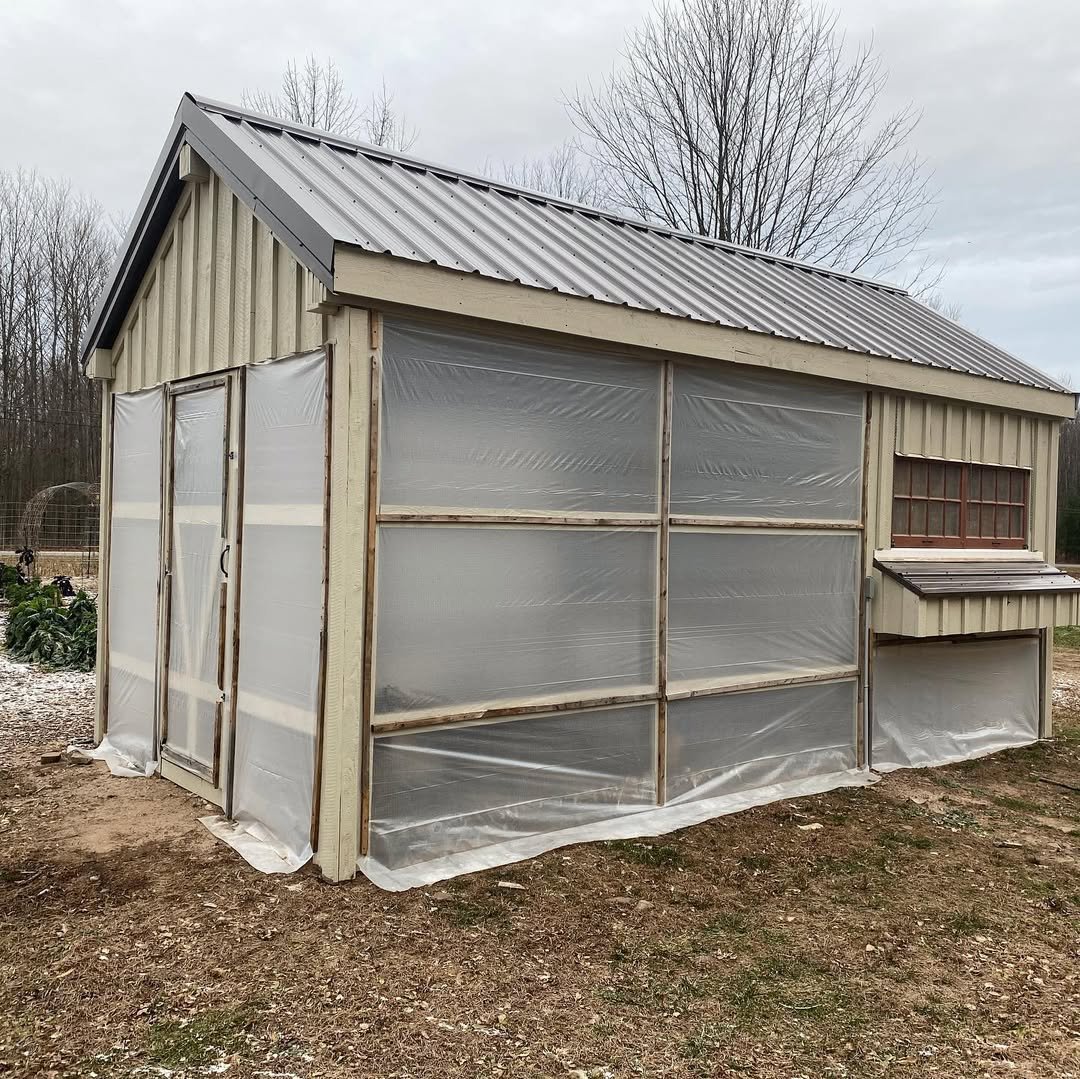
You can stack the straw bales outside the coop or run, attached to the wall with at least 3 feet in height.
If not, use snow fences or shrubs as windbreaks. Many keepers cover their chicken coop with plastic wraps from the outside (walls and doors).
I suggest you block north and west winds. Also, leave some room for ventilation above near the roof. You can install hardware clothes there to help flow fresh air and prevent chicken predators.
3. Deep Litter Method for Natural Warmth
The deep litter method not only helps clean the chicken coop and compost indoor manure but also helps produce heat for chickens in winter.
For this, everything has happened around bedding and chicken poop. When your birds drop their waste, it is hot manure.
And you need to turn over the waste in the bedding, which generates heat for a longer time.
Bird flocks also scratch in it, causing their poop to decompose naturally.
So, you need to add dry carbon material such as straw, wood shavings (pine), mulch, and recycled coffee grounds, stir it regularly, and let composting generate heat.
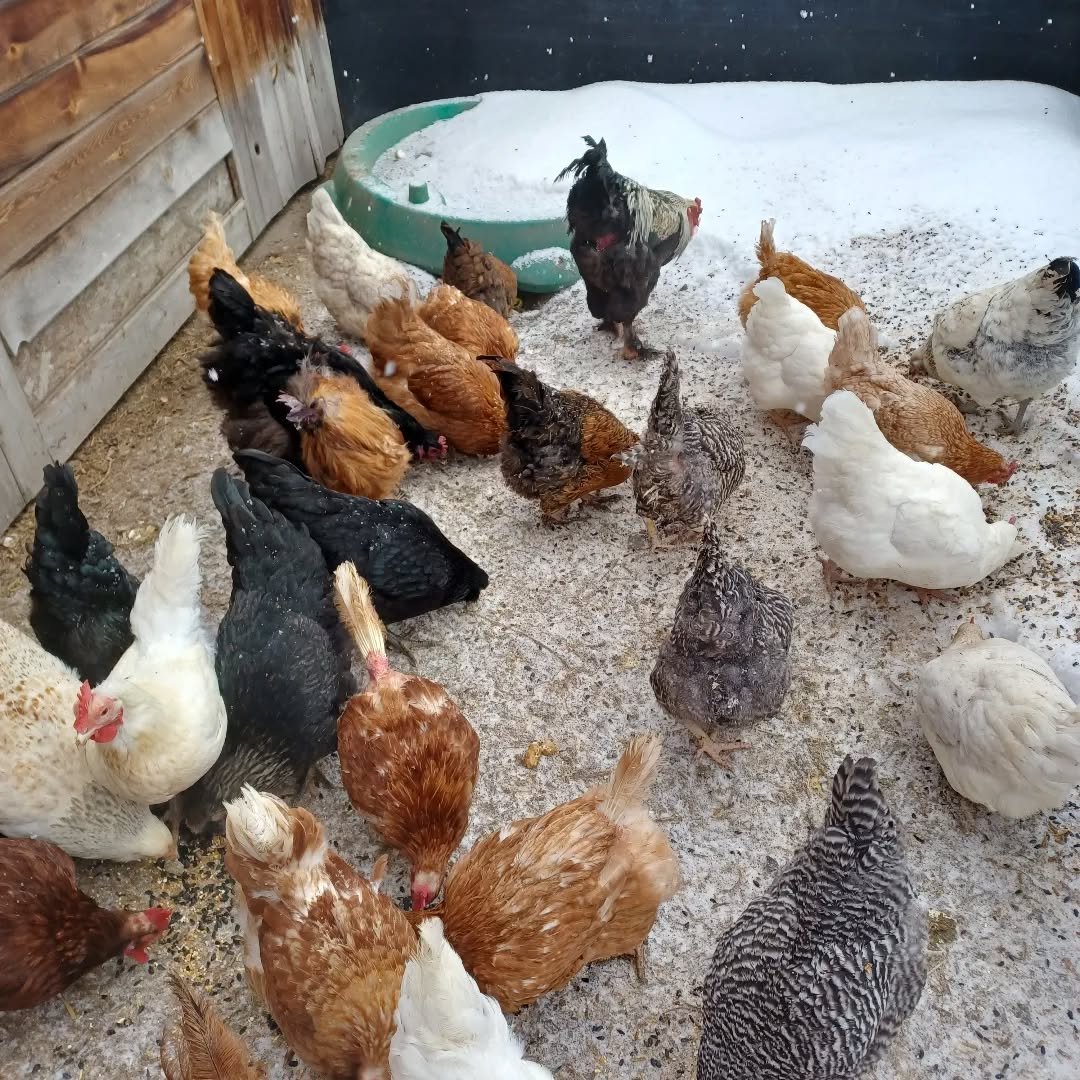
Avoid using cedar shavings and wet litter. You won’t feel odor as long as it doesn’t get wet from rain and snow.
I clean my coop twice a year, but continually add some ingredients as the chickens break them down. Birds love to bury themselves in it when they feel hot in the summer.
4. No Need to Heat Chicken Coop
There are many opinions regarding whether to install heating sources, such as filament bulbs.
Every single year, I see posts and hear news or stories about catching fire to poultry farms and coops.
Especially, heating lamps or heaters have taken over the whole farm and bird flock in a single night when used without caution.
And I really don’t want to barbecue my chickens out.
The rising temperature causes the bulbs to break, and birds also flap their wings to hit them.
So, I don’t recommend you use a heating source. Healthy hens can handle cold without these facilities as long as you provide some basic winter care.
If there is an emergency due to extreme cold when the temperature drops below freezing, you can add heat for a short period. But not enough to extra warm your birds.
They’re already with the warmth of 107 degrees Fahrenheit.
5. Elevate the Coop Off the Ground
Have you tried this?
Most keepers do it when there is wet ground or have to build the coop on a cliff or slope.
But elevating the coop also helps your chicken stay warm in the winter. As the air blows underneath the coop, the ground remains dry, and it avoids snow bite or seepage.
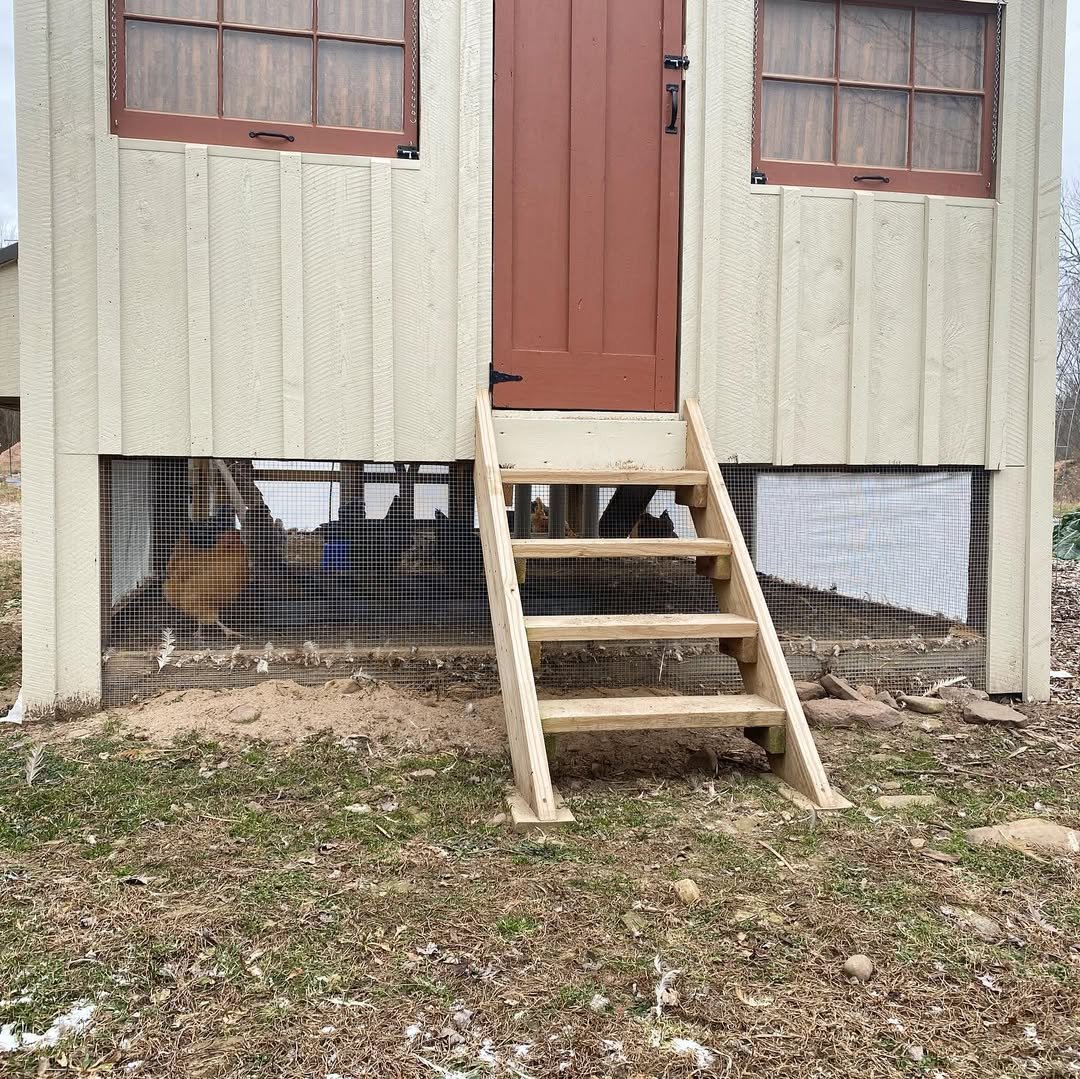
This also prevents pests and rodents.
Also, the coop floor remains off the ground and out of moisture contact, so bedding provides full warmth.
It will be more beneficial if you make the underneath run. Your chickens would come and play there without suffering snowfall.
Make sure you install a sturdy ramp for chickens to grip and walk up and down easily.
6. Add Heated Waterers to Prevent Ice
When the temperature is around 32 degrees Fahrenheit, water starts to freeze, and it freezes at or below 14 degrees Fahrenheit.
So, many keepers suggest giving chickens water at 50°F to 60°F or a maximum of 77°F in winter.
Ice in the waterer is a big problem when living outside in winter, so you need to defreeze or thaw ice with a heated waterer.
You can buy heated water bases or plates that go underneath the waterer to keep the water warm.
There are also electronic heated waterers, which you can get if you want some comfort for your chores and if you can afford one.
A heated dog bowl is a good option if you’re on a tight budget.
I really don’t want to put the extension cords on the coop, but that makes my keeping easier.
Remove the waterer from the coop overnight. The reason is again the excess moisture trapped inside.
You can also use rubber bowls, which can slow the freezing of water and make it easier to remove the ice than with iron or plastic.
Let me tell you another trick that my grandma taught me once. Put salt and water in a jar and drop it into the waterer. 2 tbsp of salt in a 16 oz container of water.
This also helps keep water from freezing. This might be hard for extreme cold to work, but it has saved me many mornings and from replacing the waterer.
7. Protect the Chicken Run
Though it’s cold outside, chickens still have an instinct to go there and explore the area. They don’t mind snow; they eat it instead.
So, you need to build a secure and winter-proof chicken run. For example, I add a tarp to it. You can also use a plastic sheet to veil part of the run.
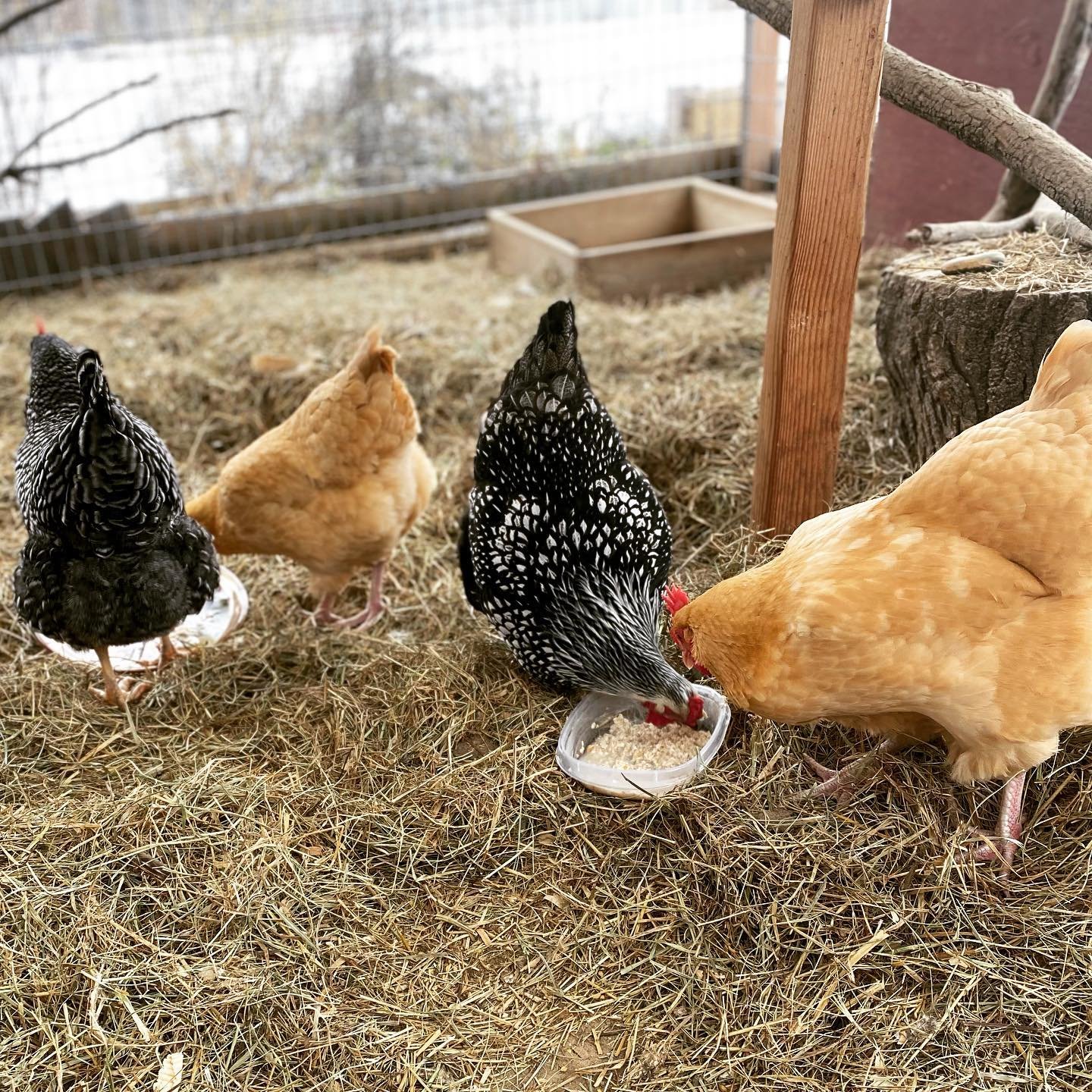
When the snow falls, everything seems like Mars, and you need to make a walkway to the run if the coop is in the distance.
Add a walkway of straw or bark.
But I don’t recommend you use straw as a ground cover in an exposed chicken run, as it retains too much moisture and gets wet easily.
You will find it hard to clean it up, so use pine flake shavings or coarse construction sand.
If you’re using straw bales outside of your chicken enclosure, make sure you dispose of it and replace them in a timely manner.
8. Install Proper Lighting for Egg Production
Do you know that light stimulates chickens into laying eggs?
The birds have a biological clock of lighting that needs 14 to 16 hours per day to keep laying. The light bulbs also help chicken eggs remain safe.
If not, your chicken eggs break due to the cold before you collect them.
Use LCD or LED bulbs that don’t produce significant heat. You can also set your coop light to turn on before the sun rises.
And if you add light in the evening, you need to turn off at 9, as it will disturb the chicken’s natural bedtime routine.
9. Add More Roosting Bars
One thing I learned over the years is that you need to make perches out of flat wood rather than round.
This way, your birds can fully cover their toes with their bodies while roosting and avoid frostbite.
They all cuddle together to retain heat at night, and you can also place them in the run. You can notice some steam rolling out of your coop in the morning as you open the door.
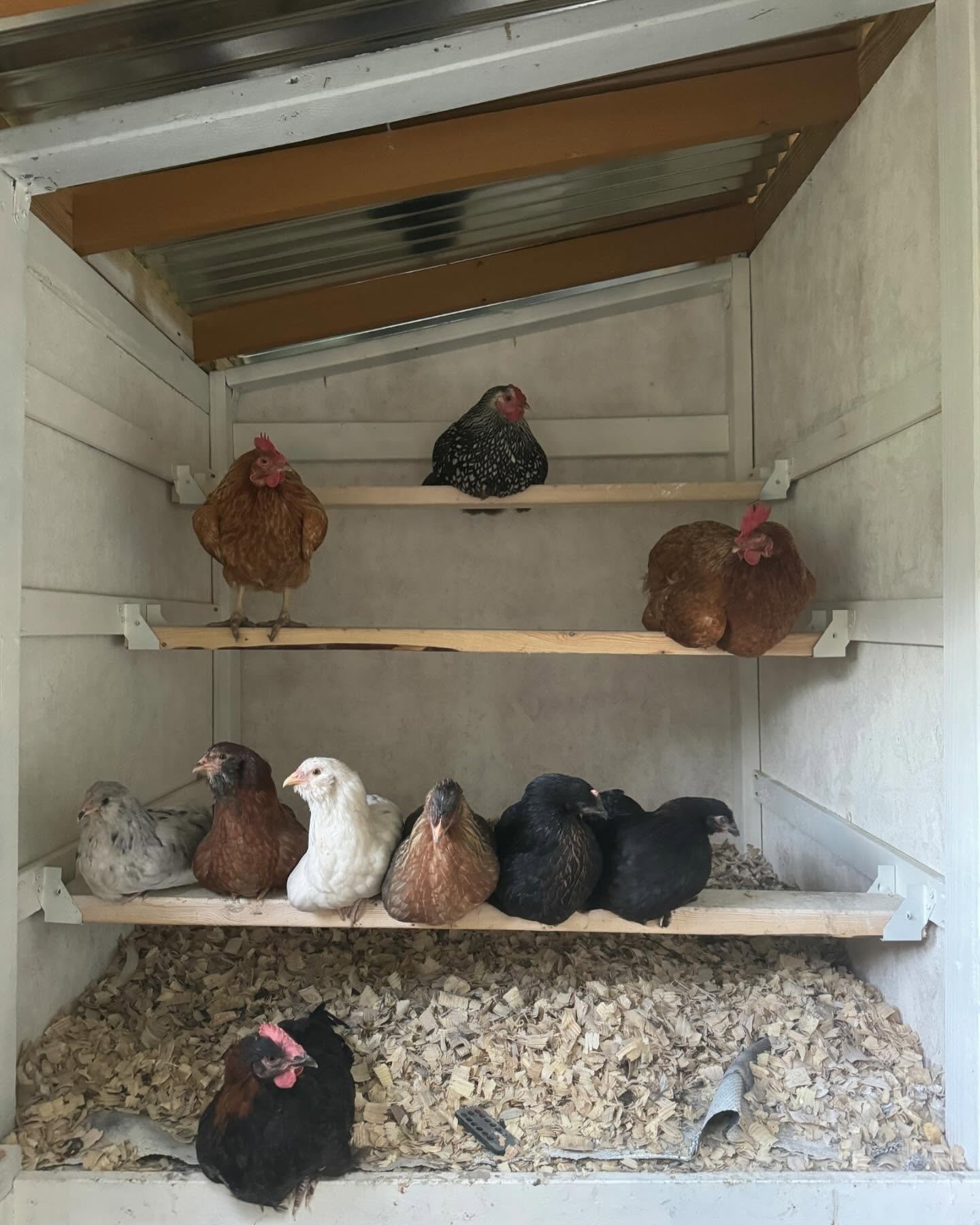
But make sure your chicken roosts are wide enough for the flock to be flat-footed and sit on their feet.
Install extra perches at least 2 feet off the ground, and they must be 2×4 inches wide. The space between the birds for perching can be between 8 and 10 inches per bird.
Say no to iron pipes in the winter!
Otherwise, they will end up with missing toes in the upcoming spring.
10. Feed High-Energy Winter Diet
Like other homestead animals, chickens burn more calories in cold weather. So, you may want to feed the birds with cracked corn, grains, black oil sunflower seeds, or oatmeal.
If this comes as regular chicken feed, you need not worry about it. Also, you can make free homemade chicken feed.
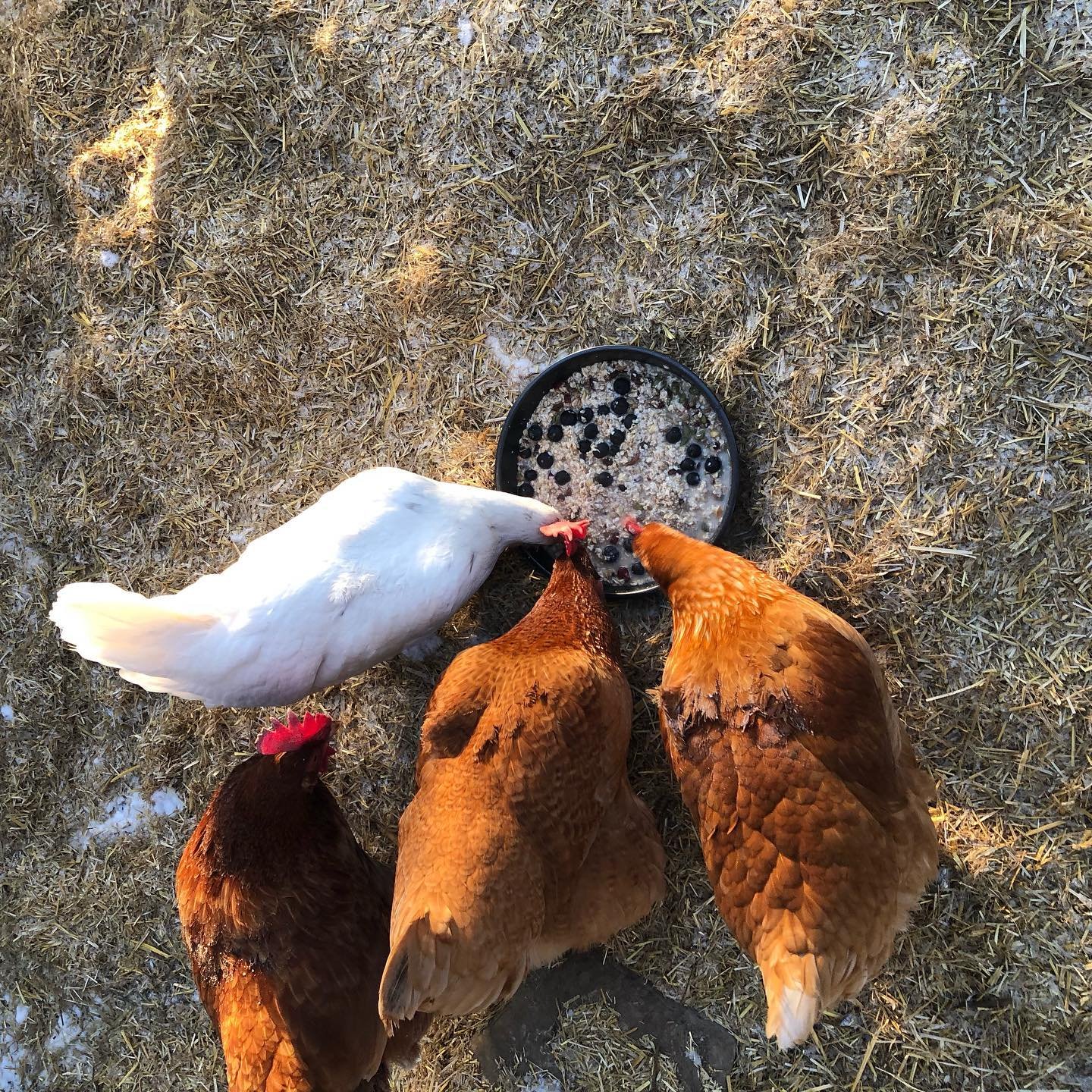
Besides, I suggest you give them a strategically timed warm treat during the winter. It’s not a substitute for the main chicken meal.
I don’t want to create a nutritional imbalance in my flock’s diet, so I provide treats three times per week.
Don’t give them moist treats at night, as it can cause frostbite on their face and wattles.
If there is a frequent, extremely harsh winter cold, you can serve your chickens warm morning treats. Cooked oatmeal and mealworms at room temperature are great.
The evening snacks also help chickens with an overnight cold.
Final Thoughts
All chicken breeds, except some bantam breeds, do well in the winter, whether heritage, broiler, or hybrid.
Bigger birds (fatter, heavier, and larger), and chickens with tiny combs and wattles, and fluffy feathers, handle the cold well. Wyandottes, Brahmas, Ameraucanas, Chantecler, Dominique, and Buckeye are among my favorites.
You can also raise other chickens in the winter with some basic weather precautions.



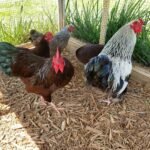


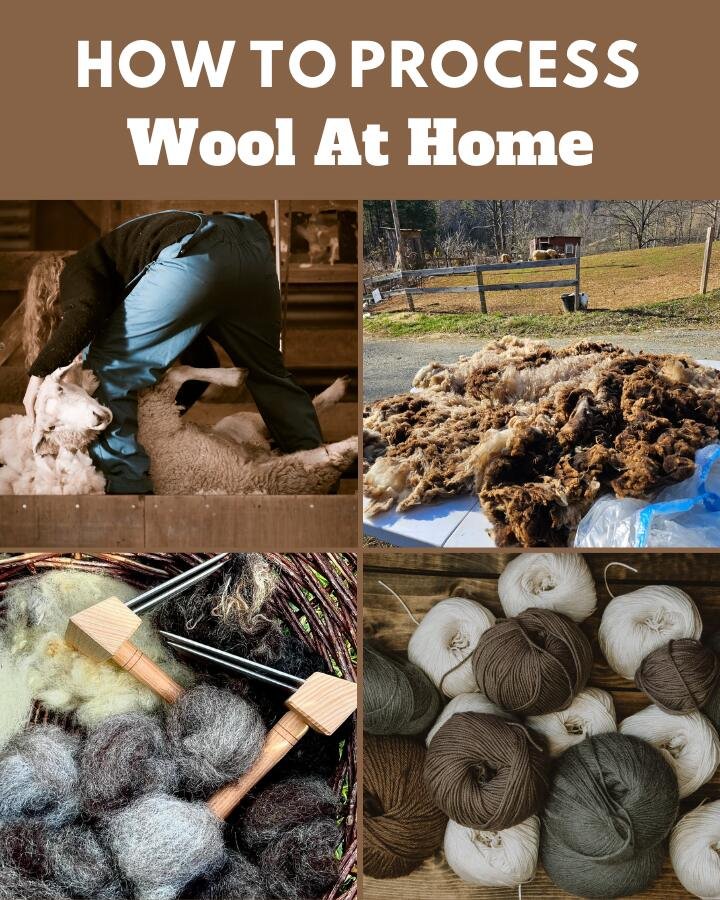
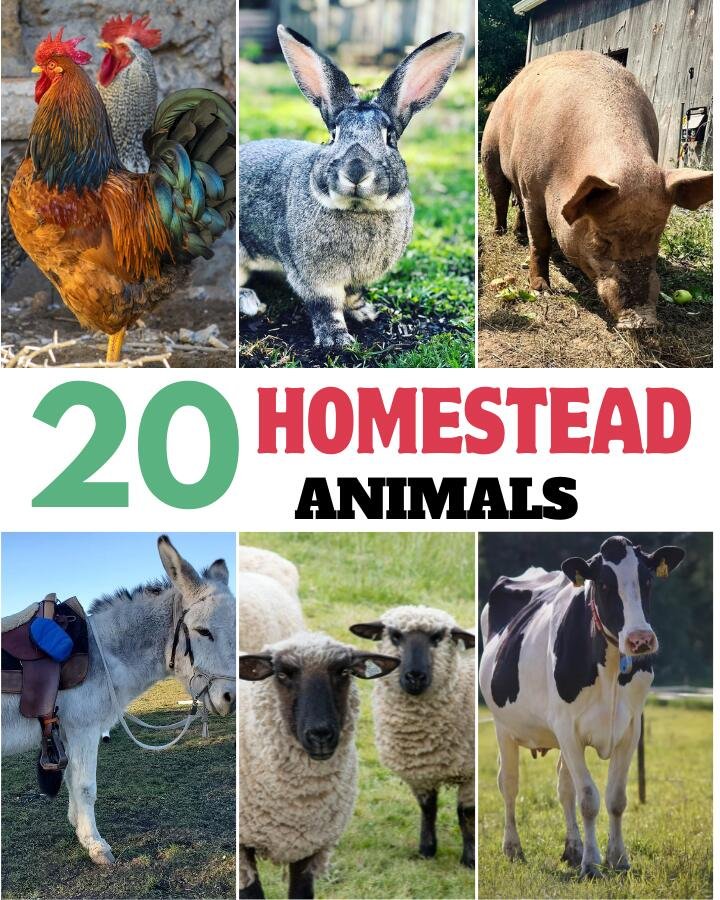

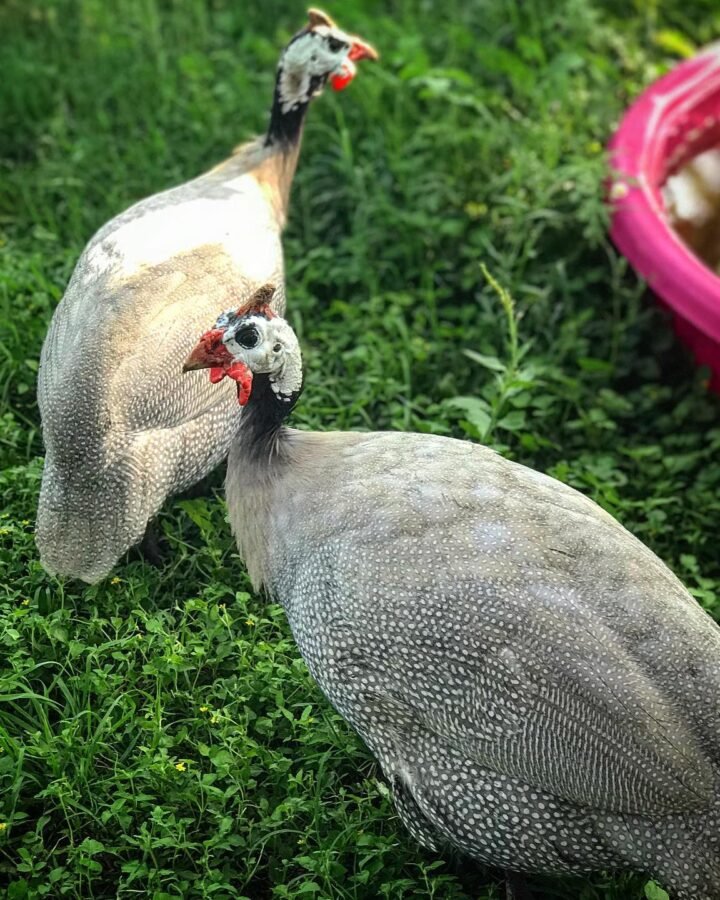
Leave a Reply